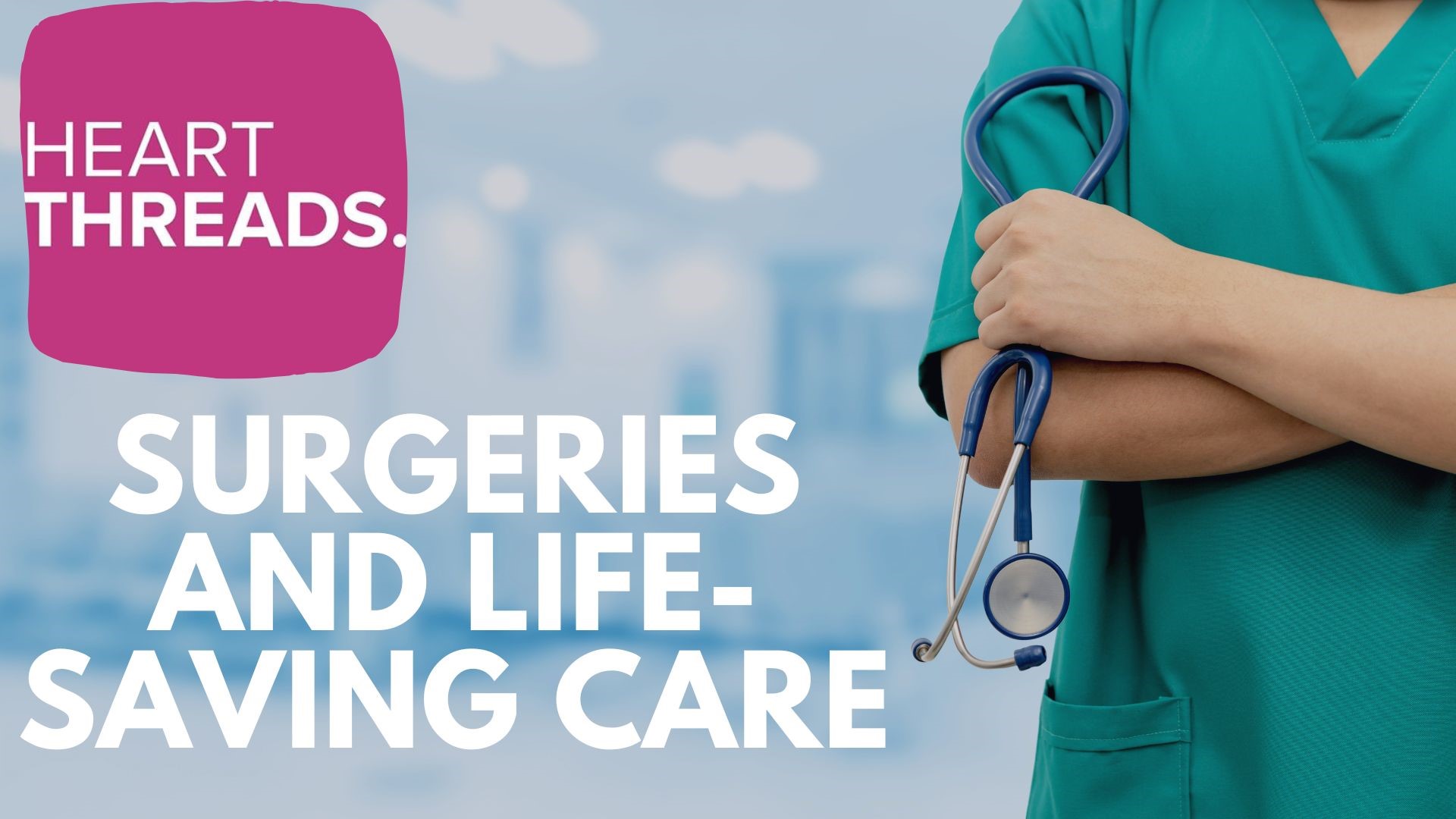IOWA, USA — Nearly everyone knows someone who’s dealt with a heart attack, stroke or both.
According to the Iowa Department of Public Health, heart disease is the leading cause of death in the state.
Over 7,400 Iowans died from heart disease in 2020, and that number is only going up. But recent Iowa State University research is hoping to find new ways to prevent and reduce the annual deaths attributed to heart disease by “training” blood vessels to handle the events.
According to Dr. James Lang, an assistant professor of kinesiology at Iowa State who consolidated the findings of nearly 100 studies, including his own, the future of handling heart problems could be found in remote ischemic preconditioning (RIPC).
What is RIPC?
RIPC is the idea that repeated, brief periods of reduced circulation using tools like a blood pressure cuff can help prepare your body to handle the tissue damage associated with heart attacks and strokes.
The method presented in the latest research is simple: five minutes of elevated pressure, five minutes of rest, then repeated three or four times. This training, or preconditioning, essentially gets your heart and extremities (think arms, legs and more) more prepared to handle the circulation loss that comes from a major heart event.
Dr. Robert Gallegos, a cardiothoracic surgeon and president of the central Iowa chapter of the American Heart Association, breaks it down into a familiar scenario:
“If you were to come from sea level and try to climb to the top of Mount Everest, you'd probably never make it. Because your body just can't handle that sudden transition from being, you know, in a heavy oxygen environment to a very low oxygen environment," he said. "So, what you do is you condition your body to be able to compensate.”
By helping your body familiarize itself with ischemic, or low circulation, situations, there are potentially large protective benefits for a low-risk investment.
“It’s essentially a way in which you're stimulating a response, a protective response against maybe longer or more damaging bouts of ischemia and reperfusion injury, such as what happens with a heart attack or a stroke,” Lang said.
Who does it help, and for how long?
According to the compiled research, most protective effects are at their height around two days after RIPC takes place. Some of Lang’s studies have shown that preconditioning for several days in a row can intensify the effects.
“If you exercise once, there's some benefit to that, right? But if you exercise multiple times, there may be more of a lasting or a training effect, if you will. And it seems that remote ischemic preconditioning follows along similar lines,” Lang said.
As far as patients go, both Lang and Gallegos emphasize the fact that, while RIPC is great for those who have already had vascular episodes, there are many more who look to benefit from the practice, including:
- Those with sleep apnea
- Diabetic patients
- People preparing for surgeries
- Individuals who are unable to exercise
- Anyone with vascular disease
Is it safe? When will we know more?
RIPC is still in the early stages of knowledge since the first studies began in the 1980s on animals and following human studies were inaccurate due to uncontrolled variables.
“This is something that is not studied well enough to be something like exercise where it’s like, ‘Okay, I’m just going to go out and I’m going to do some exercise today.’ You may want to have that discussion with a physician before saying ‘I’m just going to start this blood pressure cuff intervention and see what happens,’” Lang said.
As more information about RIPC becomes available from research like Lang’s, there is one thing that both experts emphasized: to the best of our knowledge, this practice is safe and could someday be an at-home exercise, given a doctor’s seal of approval.
“If this is something of interest to individuals, and if this is something that people think they could benefit from, of course, they need to consult and discuss with their physician first,” Lang said.
Gallegos added you can mimic the circulation changes of RIPC in easy, everyday ways until that future can become a reality.
"Even just changing the way you are positioned changes blood flow. So, for example, going from laying down to standing up will change blood flow to the body," he said. "So there are kind of the simple, low-tech ways of changing blood flows to different parts of the body."
The long-term hope is that one day, there will be something akin to over-the-counter medicines where, under the direction of your doctor, you can pick up all the needed RIPC supplies at a local pharmacy and conduct life-saving measures at home.
Until then, researchers like Lang as well as surgeons like Gallegos urge patients to keep an eye on their heart health.

